Beaubien Tavern
Introduction
Text-to-speech Audio
Images
Beaubien Tavern, c. 1830s
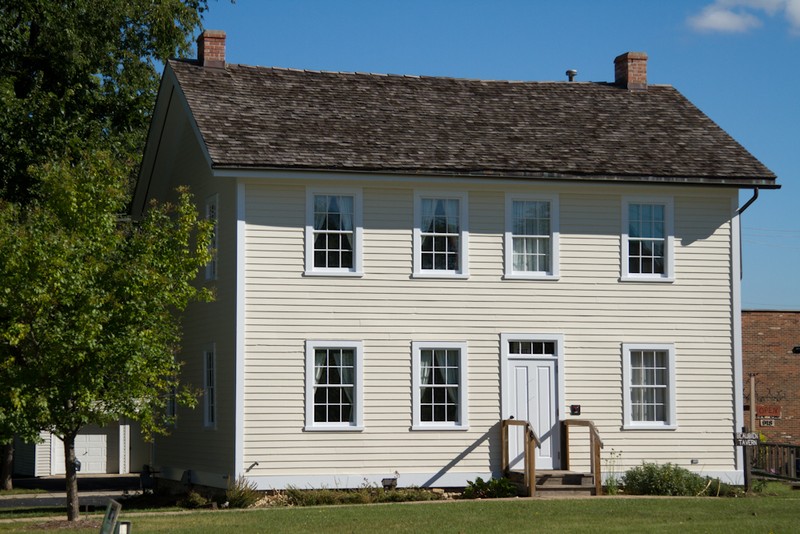
Taproom, where drinks were served and cards were played
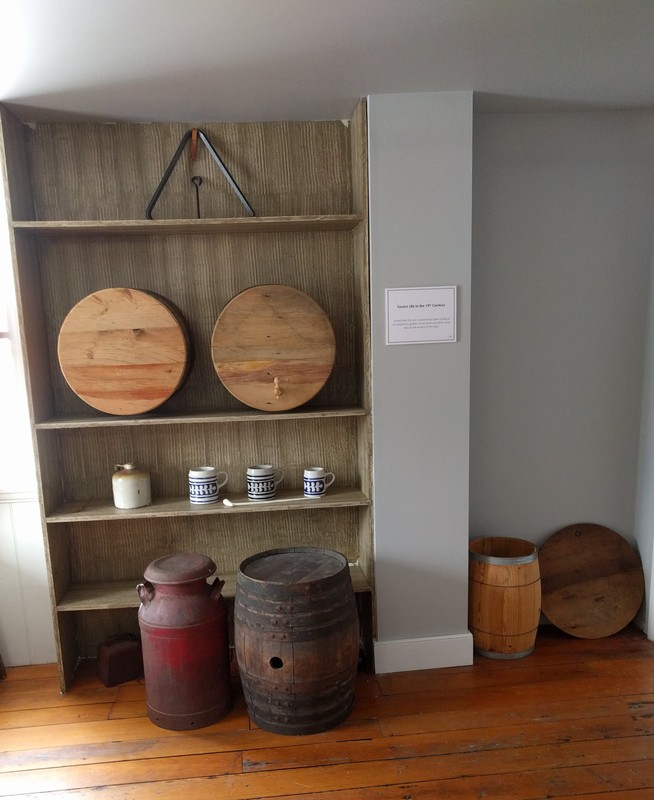
Taproom, where drinks were served and cards were played
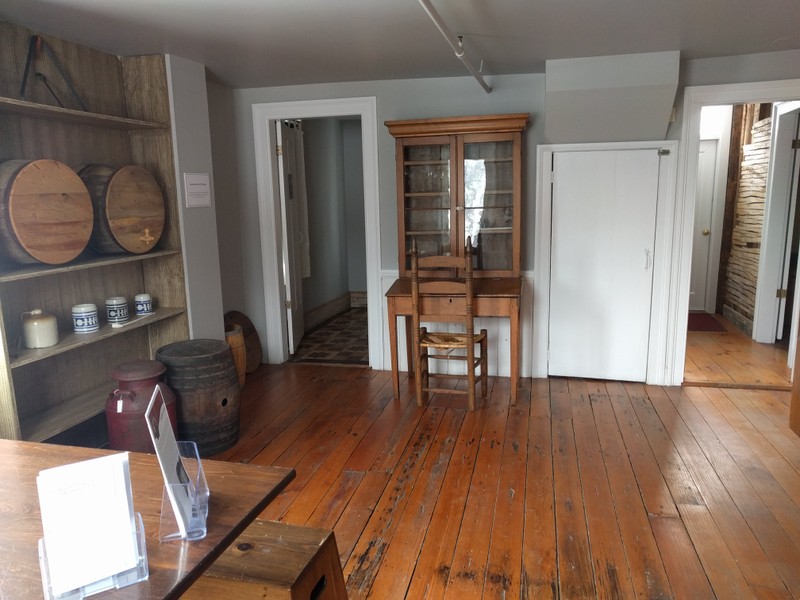
This brick "nogging" makes up the exterior of the building. It is made from brick to help insulate the building.
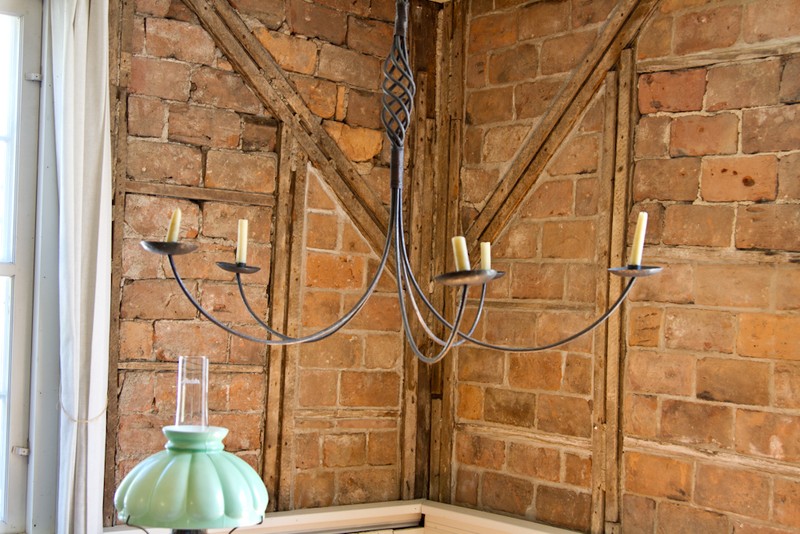
Portrait of Mark Beaubien (1800-1881) in his Tavern's taproom
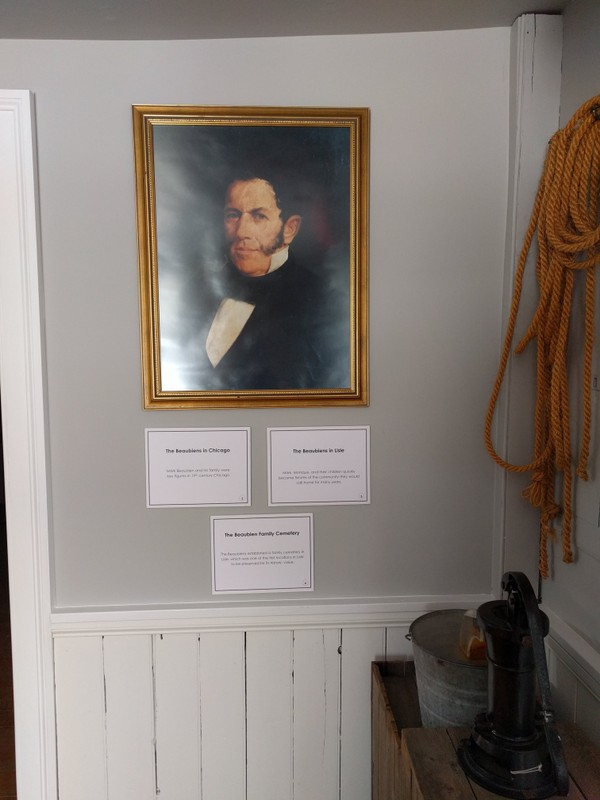
Sitting Room, where meals were served. The building's original roof is shown at top.
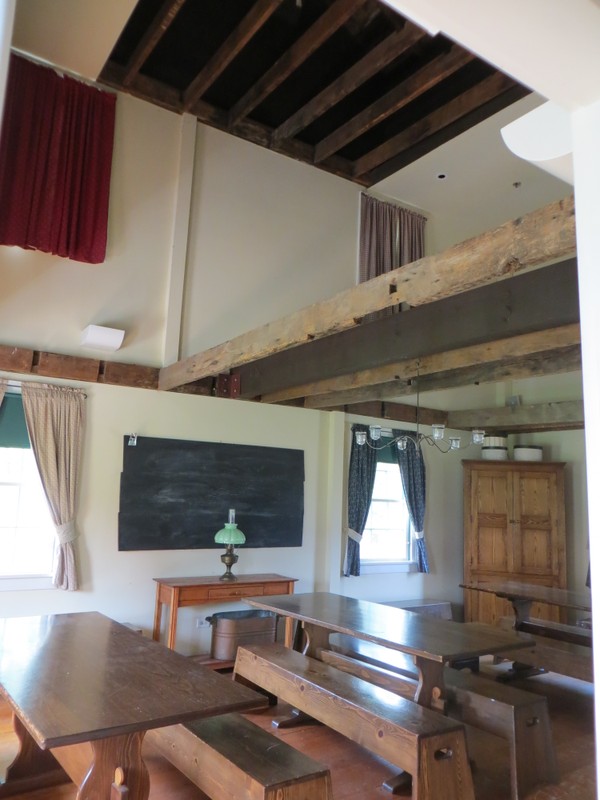
The structure's original roof is still intact and visible in the Sitting Room today.
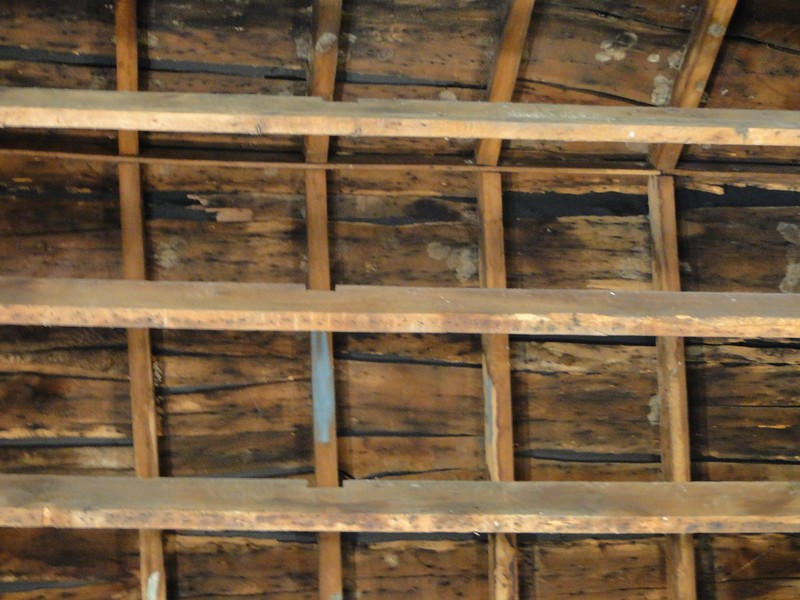
This "lathe and plaster" construction makes up all of the Tavern's interior walls and helps regulate the temperature in each room..
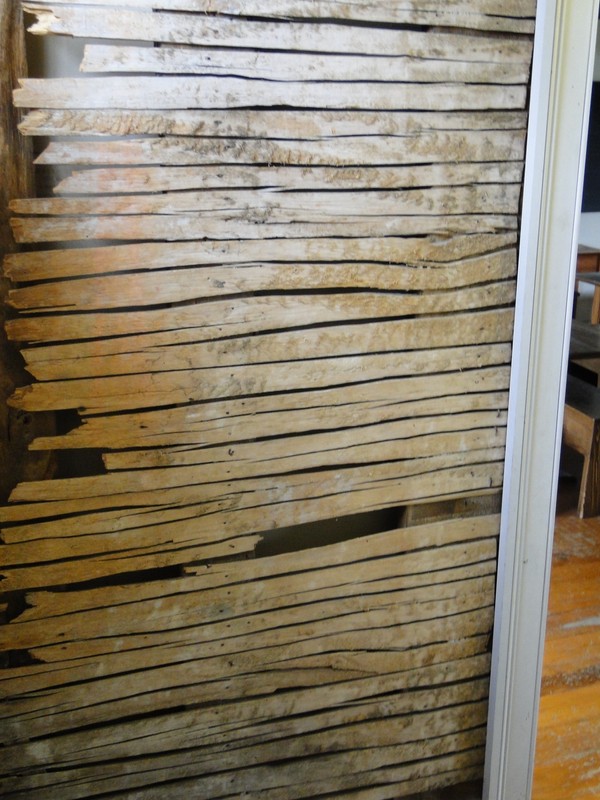
Backstory and Context
Text-to-speech Audio
Transportation in the 19th Century
The 1800s saw rapid changes in how people travelled from place to place. As European settlers moved westward, they developed more and more ways to make long-distance travel easier. Canals used existing rivers and man-made waterways to carry people and material. While they made travel easier, they could only be used when they weren’t frozen. They were also time and labor-intensive to build. Plank Roads, made from wooden planks like the piece below, were used primarily to move agricultural products to cities like Chicago. These began spreading all over the United States during the 1840s. They were heralded as a low-cost, modern alternative to canals and dirt trails. These methods of transportation were difficult to build and maintain, and were quickly eclipsed by the growth of the railroad. The ease of use and rapid speed of trains meant that farmers preferred using them to hauling carts onto canals or over plank roads.
The Beaubiens in Lisle
In 1804, Jean Baptiste Beaubien first arrived at Fort Dearborn. He didn’t stay long, but returned several years later after the Fort Dearborn Massacre. He was one of the city’s earliest residents, participating in the vote to incorporate Chicago in 1833. He served as the Captain of the militia at Fort Dearborn during the Blackhawk War. In 1826, Mark Beaubien, his wife Monique, and their children joined Mark’s brother Jean Baptiste in Chicago and established a tavern and inn. This business would later grow into the Sauganash Hotel, which was the site of the vote to incorporate Chicago. The Beaubiens were also instrumental in helping to form the first Catholic congregation in Chicago. Mark ran several other businesses in Chicago, including a ferry and a coffee house. In 1841, Mark traded a tavern that he owned in Chicago for this tavern in Lisle.
Tavern Life in the 19th Century
Most of the visitors to taverns along the Plank Road would have been farmers carrying agricultural products to market in Chicago. Mark and his family would have depended upon their patronage as well as the tolls they paid to use the Plank Road. The Beaubiens often hosted Zhaabne, a Native American chief also known as Shabbona who worked tirelessly to broker peace between European settlers and indigenous peoples. Zhaabne regularly travelled across northern Illinois, particularly during the Blackhawk War. He had initially taken up arms against European and American settlers. After witnessing the death of Tecumseh, he instead chose to encourage other Native Americans to negotiate for peace. While you could purchase alcohol in a tavern like this, it was primarily a place to meet socially with other area residents. Mark would often entertain guests on his violin, which is now held in the collection of the Chicago Historical Society.
The Beaubien Tavern and the Southwest Plank Road
Mark was a shrewd businessman who invested in the Southwest Plank Road. His investment ensured that a tollhouse was placed outside his tavern along what is now Ogden Avenue. He also ensured that a junction south towards Naperville was placed beyond his tollgate, meaning that he would receive tolls from all travelers moving west. He and his son, Mark Jr, operated the tavern, inn, and tollhouse for several years after the completion of the Southwest Plank Road in 1851. After the Plank Road began to fall into disrepair, people used alternative forms of transportation. The lower traffic along the Southwest Plank Road meant that Mark was unable to pay taxes on his property, and was forced to sell the tavern in 1859.
The Beaubien Family Cemetery (see Clio entry)
Soon after arriving in Lisle, the Beaubiens set aside a portion of their property for use as a cemetery. Mark is not buried there but much of his family. The cemetery is marked by a headstone at 2900 Ogden Avenue. Mathias Schmidt is buried here in addition to the family. He was an early Chicago resident who helped create Old St. Mary’s Church. He served in the militia at Fort Dearborn during the Blackhawk War, and is rumored to have served with Napoleon in Europe before immigrating to the United States. He was a friend of Mark’s, they likely met during the formation of Old St Mary’s. The last burial in the cemetery was of Mark’s granddaughter, Emily Le Beau in 1919. Joy Morton attended the funeral and noted that the cemetery had fallen into disrepair. He wrote a letter to the Chicago historical society, asking them to fund a fence around the plot. This plea to help protect the cemetery was the first of many steps to preserve Lisle’s history and heritage.
Sources
Resources collected and researched by The Museums at Lisle Station Park (MLSP) staff and volunteers
MLSP
MLSP
MLSP
MLSP
MLSP
MLSP
MLSP
MLSP
